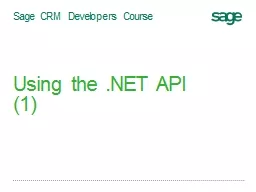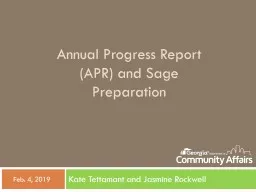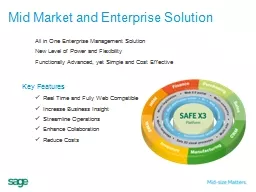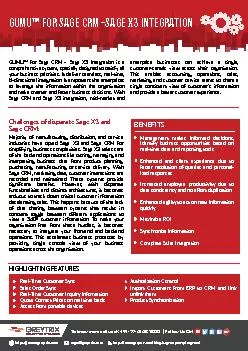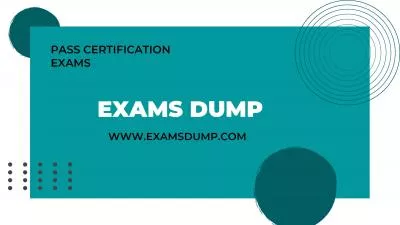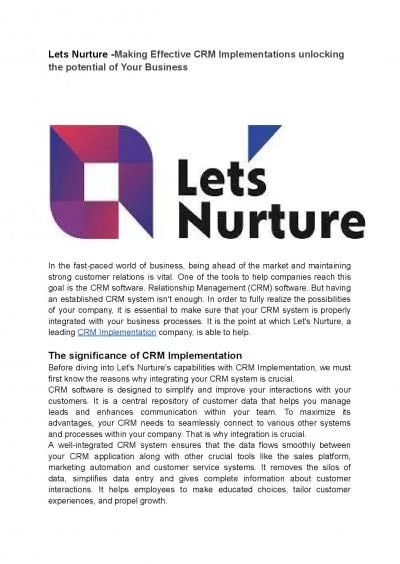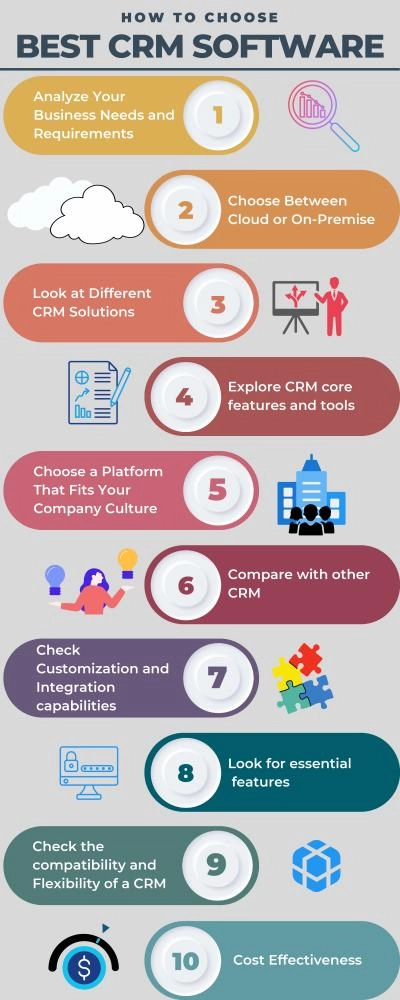PPT-Sage CRM Developers Course
Author : rayfantasy | Published Date : 2020-08-27
Using the NET API 1 Looking ahead to the classes DP01 Introduction to the Development Partner Program DP02 Entities and the Data Model Part 1 of 2 DP03 Entities
Presentation Embed Code
Download Presentation
Download Presentation The PPT/PDF document "Sage CRM Developers Course" is the property of its rightful owner. Permission is granted to download and print the materials on this website for personal, non-commercial use only, and to display it on your personal computer provided you do not modify the materials and that you retain all copyright notices contained in the materials. By downloading content from our website, you accept the terms of this agreement.
Sage CRM Developers Course: Transcript
Download Rules Of Document
"Sage CRM Developers Course"The content belongs to its owner. You may download and print it for personal use, without modification, and keep all copyright notices. By downloading, you agree to these terms.
Related Documents

